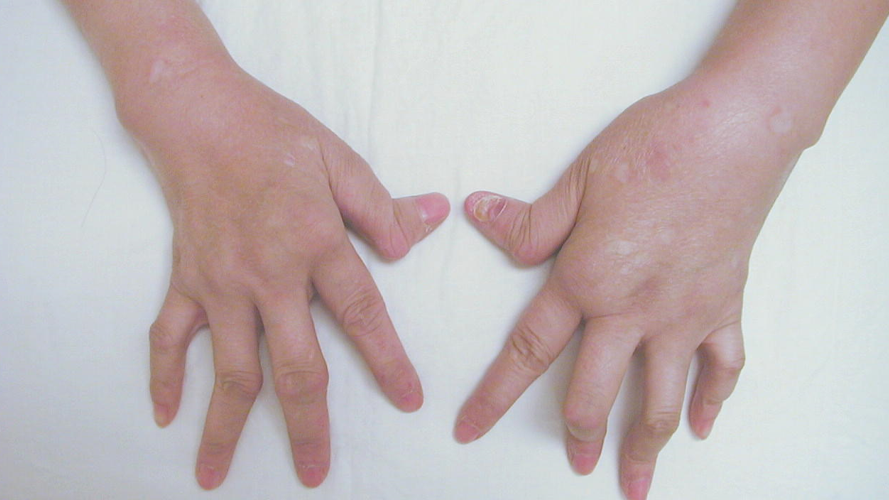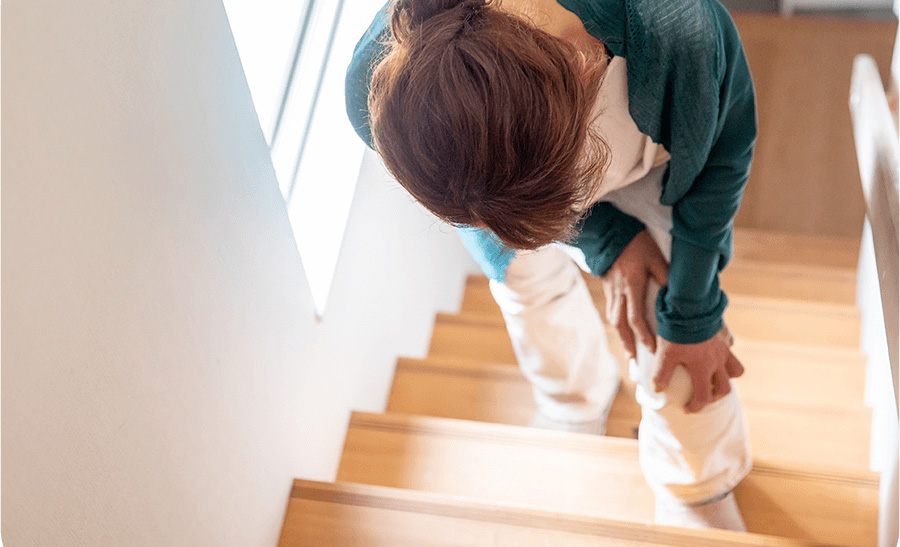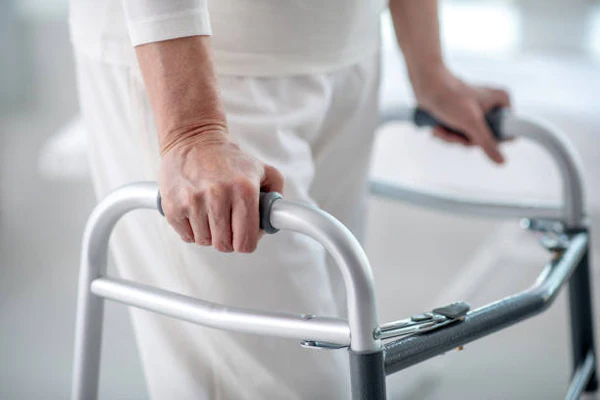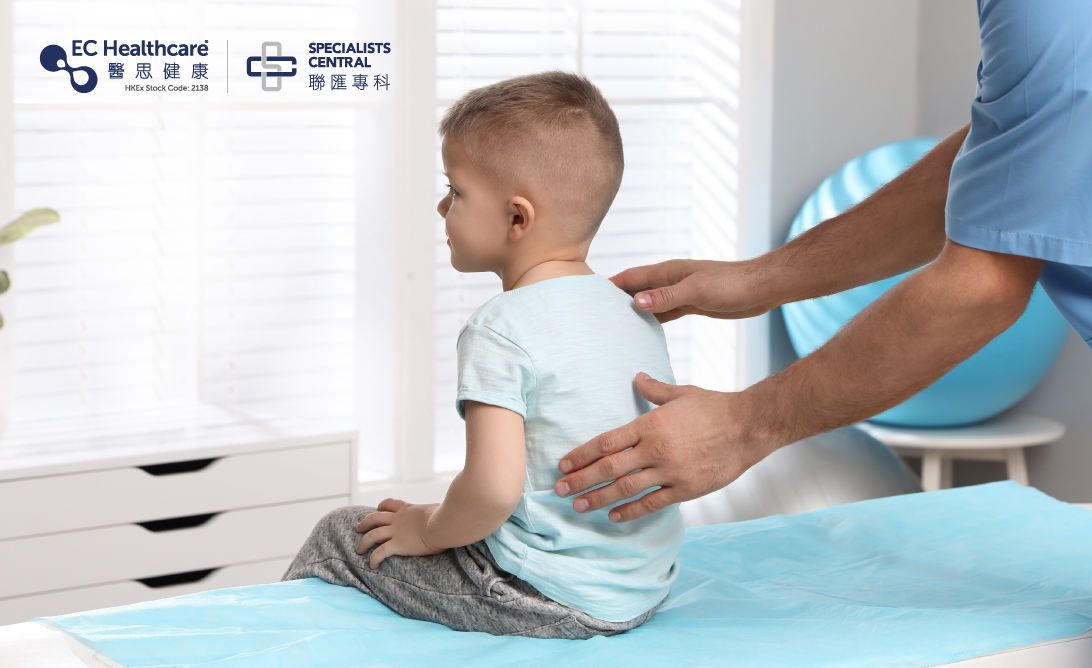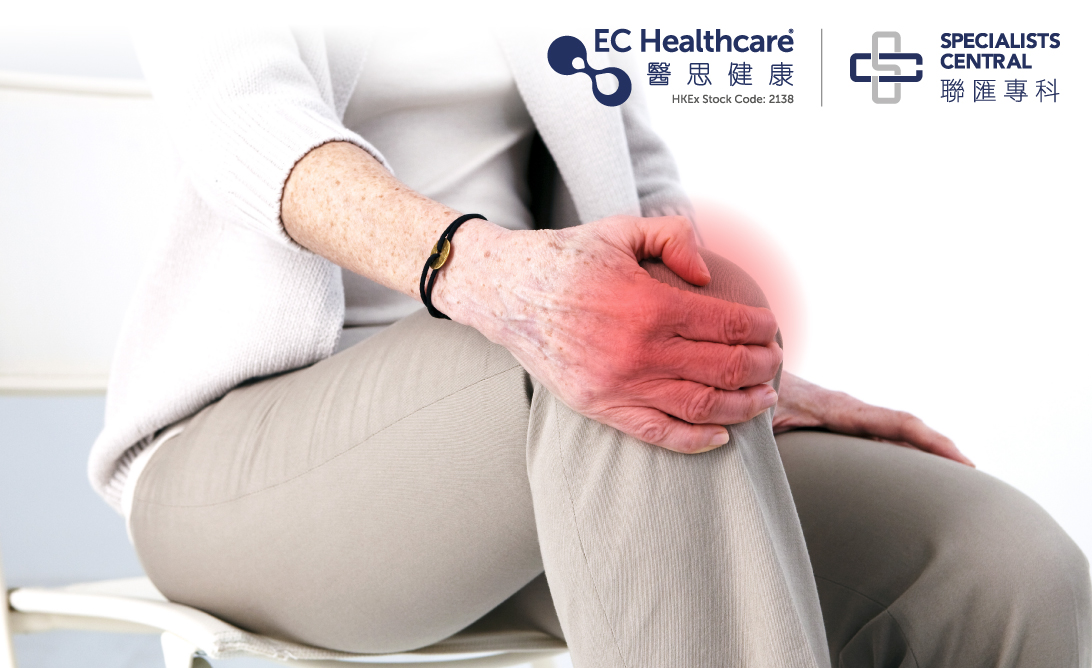Joint Degeneration: Understanding Osteoarthritis
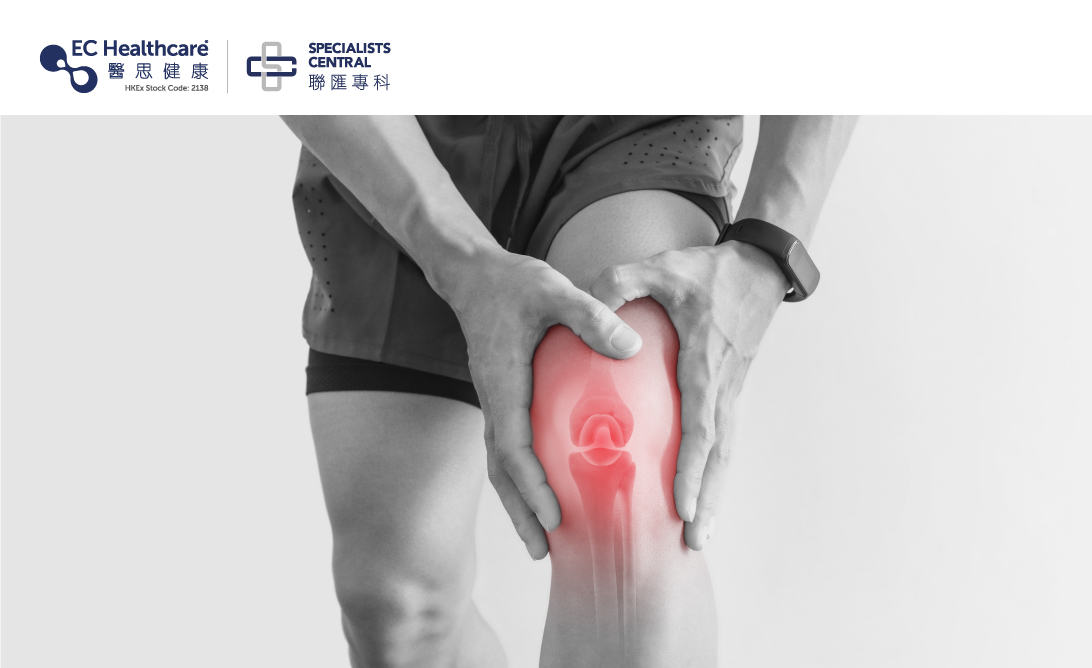

Osteoarthritis, or degenerative joint disease, refers to the progressive wearing down of joint cartilage and tissues over time. As joints age, the lubricating synovial fluid decreases and the protective cartilage cushioning the ends of bones deteriorates from years of use. This continuous wear and tear breaks down joint components, leading to painful bone spurs, chronic inflammation, and loss of joint mobility. Osteoarthritis can occur in almost any joint, and most commonly affects weight-bearing joints such as the knee, hip, lumbar spine, first metatarsal bone (base of the big toe), first carpal bone (base of the thumb), or finger joints, especially the end knuckles.
Beyond aging: the various factors that increase the risk of osteoarthritis
As joints age, various factors such as genetics, excessive body weight and joint load, poor posture, and previous joint injuries can hasten joint degeneration. Gender also plays a role, with women being more likely than men to suffer from osteoarthritis. Even athletes are susceptible to developing osteoarthritis due to excessive use of joints or muscles, with basketball players at a higher risk of knee osteoarthritis and weightlifters prone to spinal osteoarthritis. Furthermore, other rheumatic diseases can induce osteoarthritis, putting weight-bearing joints in abnormal conditions, and making other joints more vulnerable to wear and tear.
Symptoms of Osteoarthritis
Osteoarthritis can be a challenging condition to manage due to its range of symptoms. Joint pain, swelling, warmth, and stiffness can all impact daily life. Without proper care, prolonged inactivity can exacerbate the condition, leading to abnormal grinding noises and joint effusion. Finger joint inflammation can limit mobility, resulting in muscle atrophy, weakness, or joint deformity. Knee joint inflammation can cause stiffness, limited range of motion, and weakness while climbing stairs or squatting. While rest can help alleviate most symptoms, discomfort often returns with activity or when weight is put on the joint. Even changes in temperature can trigger pain and discomfort.
Main Treatment Directions:
Osteoarthritis treatment pursues three approaches: medication, non-pharmacological remedies, and surgery. Medications range from mild painkillers and nonsteroidal anti-inflammatories to joint injections for more severe pain. Non-pharmacological treatment includes physical therapy to strengthen the joints and surrounding muscles, thereby enhancing flexibility and range of motion. Lifestyle interventions such as weight loss can reduce joint stress, while improved posture and assistive devices aid joint protection. These complementary strategies help delay disease progression and minimize pain. When conservative measures fail, surgery may provide lasting relief from debilitating osteoarthritic symptoms. The ultimate goals of treatment are to curb further cartilage degeneration, mitigate inflammation, manage pain, and preserve or restore joint mobility.
If pain persists, seek medical advice from a specialist as soon as possible.
Related Brands
